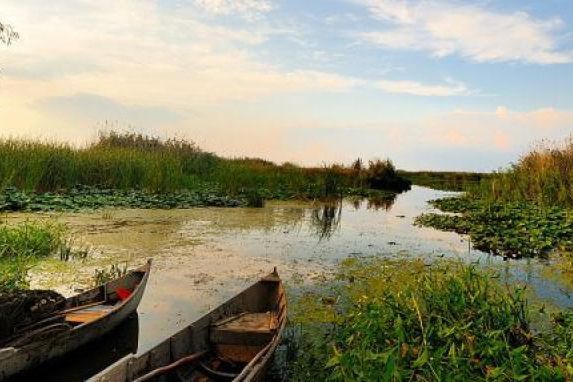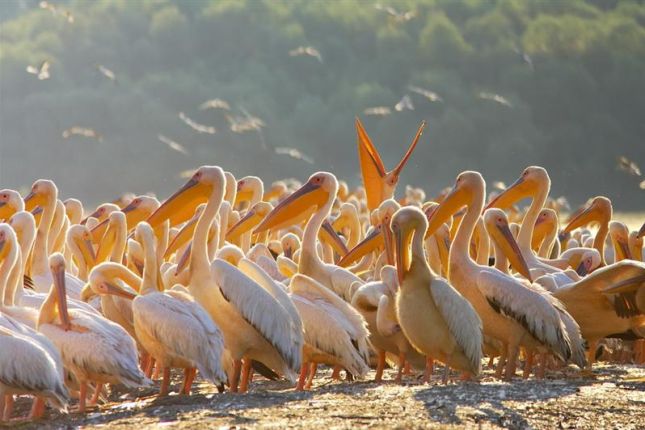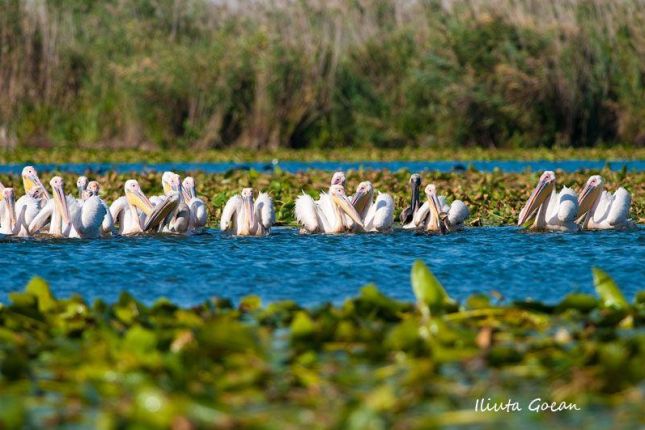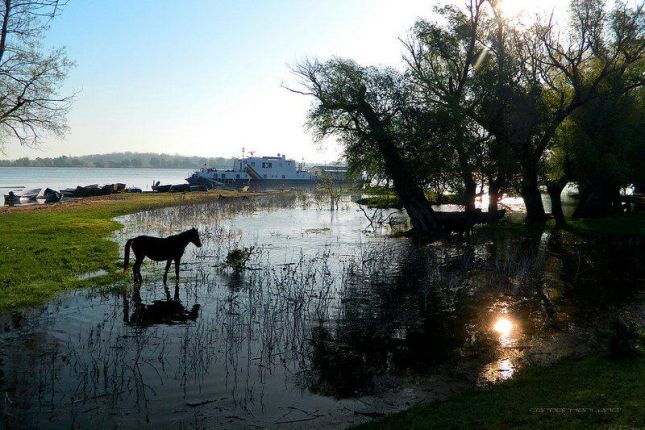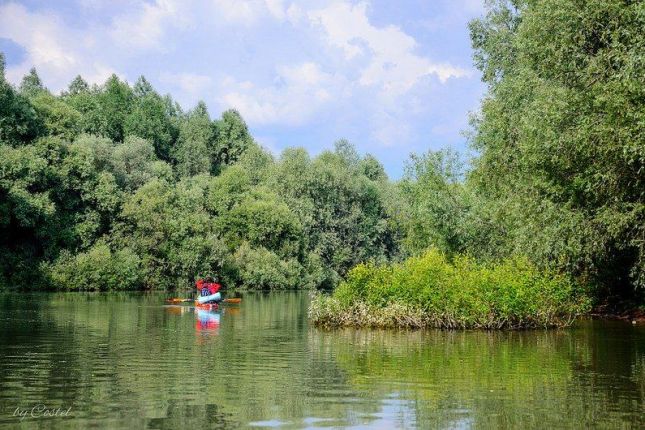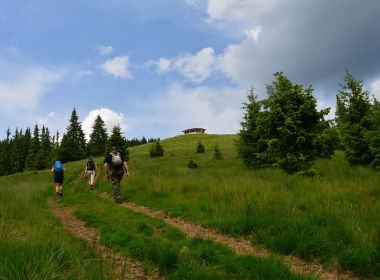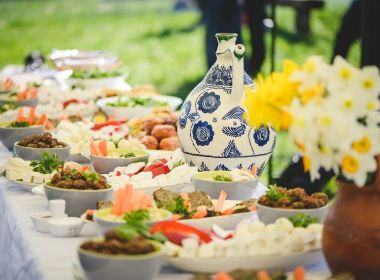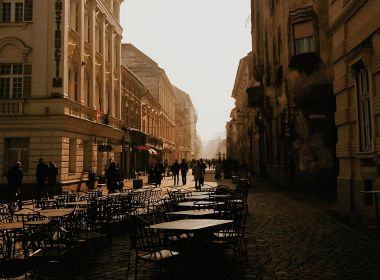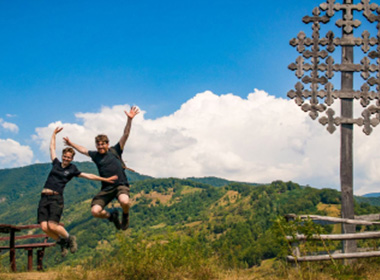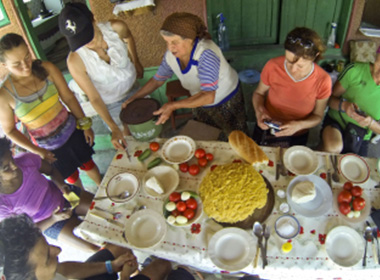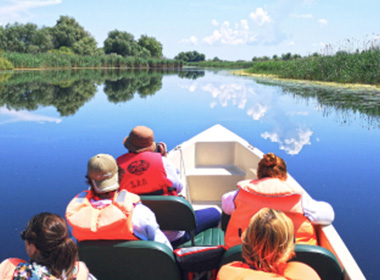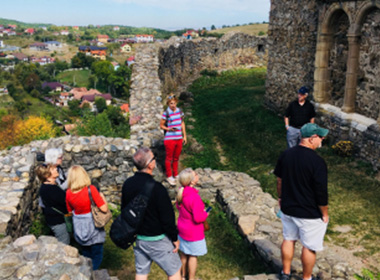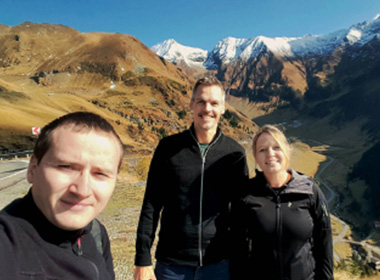The spectacular Danube Delta: Nature's Miracle Garden
After a 2860 km journey (which is the entire length of the Danube river) starting from the Black Forest mountains in Germany, passing through ten countries and four capitals, the mighty Danube river reaches its destination: the Black Sea.
The Upper Danube region is in the Germany – Austria region, while the Lower Danube region is in Romania, Moldova, and Ukraine region.
Before its waters become part of the sea, the Danube creates one last natural miracle: the Danube Delta, the best-preserved delta area on the continent. The 5800 hectares delta is the largest continuous marshland in Europe!
When referring to the Danube Delta, Romania and Ukraine each have their shares. But the Romanian part of the Danube Delta is far bigger, with 3,446 km2 (1,331 sq mi) out of the total of 4,152 km2 (1,603 sq mi).
Together with the seaside resorts in Constanta county, the Delta and the Danube’s journey into the Black Sea make up the Romanian Black Sea coast. Stretching over 245 km, the many Romanian Black Sea resorts cater to everyone's tastes: family, luxury or party holidays. It's also a great choice for a family holiday in Romania.
If you are looking for a truly unique experience, the equivalent of an African Safari, and probably the best time, the Danube Delta biosphere reserve is a great option as it is the third-largest biodiversity in the world, after the Great Barrier Reef and Ecuador’s Galapagos Island.
It is, without a doubt, one of the most important tourist attractions in Romania and a major Romanian national park.
How to visit the Danube Delta
A day trip will not suffice to complete your experience in the Delta Dunării. It would take a minimum of 4 full days of exploring the canals, tasting traditional food, resting, and discovering the local culture to get an idea of the uniqueness of the region.
The Delta is made up of a series of communicating narrow channels which can only be crossed by small boats. There are three main distributary channels or arms the Danube splits into before spilling into the Black Sea: the Chilia arm, the Sulina arm, and Sfântu Gheorghe arm (St. George).
The best time to visit the Danube Delta is early summer to late autumn (April to September). Mosquitos can sometimes become a nuisance but mostly for a short time in the mornings and evenings (about half an hour). Nothing a little mosquito repellent can't handle.
As you would think, the best way to get around the delta is by boat. Not only because of the very narrow canals that make it impossible to cross with large ships but, since it is a Unesco World Heritage Site, it must remain unspoiled for the species of fish, hundreds of species of birds, aquatic plants, and overall, the entire biosphere.
Of all the nature reserves in Romania, the Delta is the one with the strictest conditions. There are even small patches of land, like tiny islands, where certain bird species nest, like the great white pelicans (Pelicanus Onocrotalus). Boats are not allowed to come near them, especially motorized boats so as not to disturb the birds, as well as on account of the shallow water in some areas.
There are plenty of private boat services that you can use to travel from one place to another. There is no way you will ever get bored in the Danube Delta. Because of its complex ecosystems and ever-changing weather, you will experience something new every day.
In terms of things to do, there is a wide range of activities you can enjoy. With millions of birds nesting in the delta year after year, bird watching is a thing you don't even have to try hard for unless you're looking for some unique or rare species.
Places to visit in the Danube Delta
The Danube Delta is the second largest in Europe, after the Volga delta, created by the Volga river, and is a UNESCO World Heritage Site. The biggest city in the vicinity is Tulcea, the administrative municipality of Tulcea county.
The villages in the Delta are in Tulcea county. But not all of Tulcea is on water. Locals refer to them as Delta villages and “mainland” villages, and the county is much more than just the Delta for anyone interested in visiting.
The biggest town in the Delta is Sulina. It is not a large city in the sense you might expect, but you will find restaurants, stores, accommodation, and a beach. It is the perfect place for people looking for a holiday away from the crowded Romanian seaside beaches.
Its glory days were in the 19th century when it used to be an important harbor on the Sulina branch, trading with people from Europe and the Middle East.
Some even settled here, making for a diverse population and a cosmopolitan town. Little of the old architecture remains, like the old lighthouse or maritime cemetery, but the ones that do, are a testament to Sulina’s cosmopolitan days.
A number of small towns like Sfantu Gheorghe and Chilia, or the small village of Mila 23, and remote villages make up the human establishment in the Delta. Some have existed since the beginning, others are artificial constructions.
An incredible documentary about the Delta's wildlife
Birds and vegetation in the Delta
So while the Delta is home to an impressive number of different species of birds, like the pygmy cormorant, is the best place for a fishing trip, has wild horses, and other rare species of animals like the jackals and raccoon dogs, it also hosts a unique local culture with (you guessed it!) its own gastronomic wonders.
Summed up, about 5000 + species, especially massive amounts of waterbirds of all kinds, share a surface of 5000+ square kilometers, making it one of the most impressive nature reserves as well as a favorite staging area for passage birds and a wintering ground for migrating waterbirds from the boreal forests, the tundras, and the steppes.
The Danube Delta offers a total area of 5800 square kilometer (2240 square miles) wildlife sanctuary, sheltering more than 5400 species of plants and animals.
Actually, the delta is a place of superlatives. Apart from being Europe’s largest wetland area, it hosts the largest colony of pelicans and the largest number of fish species in the country.
But the species of birds found in the Delta are probably the main reason people visit, especially the popular pygmy cormorant and the Dalmatian pelican.
So obviously the most popular activity here is the birdwatching boat tour. The Delta is a halting place for several migratory birds - the entire world population of red-breasted goose (Branta Ruficollis) flocks here to spend the winter every year. The most iconic bird in the Delta is the Dalmatian pelican (Pelicanus crispus), while the biggest birds of prey are the white-tailed eagles, which sit on top of the food chain.
Recent climate change and human intervention, like intense drone photography of natural nesting places, have driven exotic birds to the area, like a flock of colorful flamingos which has arrived here in 2022 near Jurilovca and have made a home in the dammed and enclosed space where they feel better protected.
The many existing water habitats have led to massive productivity, with the delta becoming home to an impressive number of species of freshwater fish.
The Delta fauna species are unique, and even animals thought to have become extinct in Romania like the beavers, are making a comeback. There is an immense potential for wetland restoration in the area as the numerous lakes included in the network of canals and branches can be re-flooded and once again become part of the Danube river dynamics.
The Danube Delta Biosphere Reserve is the largest European wetland, with reed beds, and fixed and mobile sand dunes. A common sight in the delta are reed plants along the waterline and floating reed islands. The waters of the Danube are beautifully decorated with water lilies, making even your dullest photos look like Danube Delta stock photos. Beauty at every turn!
Wildlife and wild sceneries
A rare site for many world travelers: the wild horses in Letea forest. It is amazing to see animals our mind is trained to see as domesticated in their natural habitat, roaming free, and in huge numbers –now almost 2000. As far as day trips go, this is probably one of the most impressive.
The forest itself is representative of the unique climate conditions in the area, as it develops in the depressions between the dunes. Its trees are oak, ash, elm, aspen, linden, and willow, among others.
There is also a vast range of shrubs like blackthorn, hawthorn (Crataegus monogyna), rosehip, alder buckthorn, common buckthorn, sea buckthorn, French tamarisk, and vines.
A unique local culture and cuisine
The delta is in the Romanian region of Dobrogea, one historically inhabited by various ethnic groups like Lipovan Russians, Turks, Tatars, Ukrainians, and Bulgarians, apart from the Romanians. Representative of the area are the houses painted in white and bright blue, the fishing utensils adorning each front yard, the wooden boats, and the fish-based gastronomy. Local people here live in harmony and they respect each other’s traditions and religions.
Going on boat trips, fishing, and tasting the local cuisine go hand in hand, and you will thoroughly enjoy it. You can have the best time watching the stunning sunrises and sunsets and visiting the many lakes that are part of the Danube Delta.
Accommodations in the area range from local villas, where your hosts cater to your every need, including taking you out on their wooden boats and guiding your journey. Or fancy resorts with expensive and impressive restaurants, swimming pools, and guided tours with modern boats from local partners. Either way, any type of tourist can find an accommodation suited to their taste and budget.
And speaking of taste, the fish soup (storceag) is something you cannot leave the delta without trying. If you get a chance to join some fishermen, in a small patch of land, for a bowl of soup, the experience will be even more authentic.
Remember that the Danube Delta is a vast swampland full of canals, vegetation, and patches of land, the last major remaining wetland in Europe, and the main reason it is on the UNESCO world heritage list.
Official maps of where bird flocks nest do not exist, and what usually happens is that the network of locals and fishermen communicate with guides and Danube Delta personnel on bird and fauna movements. Tour itineraries are planned based on this in the mornings, so we recommend hiring a local guide to navigate the Delta and see some wildlife.
Tourist attractions in the Danube Delta
All tours to the Delta start from Tulcea, the administrative center of the county. This is where all the big museums, like the Ethnography and Folklore Museum and the Natural History Museum, are, as well as the Delta Aquarium. The city has plenty of comfortable hotels, restaurants, and a beautiful waterfront locals and tourists enjoy walking on.
Once you are nice and settled, you can start to think about all the day trips you wish to take while you are here. Letea forest is one of the best places to visit, where you can see wild horses. Mila 23 is a colorful fishermen’s village with many accommodation places for tourists and local eateries if you know how to find them.
There are similar locations like Sarichioi, Murhighiol, Mahmudia, Sulina, Sfantu Gheorghe, and Gura Portitei.
The latter is quite a unique location, as it is a small resort located exactly where the Danube meets the sea, offering tourists both the beauty of the delta and the immensity of the Black Sea in one place. They can swim in the sea, lie on the beach, and take a water bike, and pedal on the channels on the other side of the resort. Once a week, the resort managers will have a group of Lipovans over, dressed in traditional clothes, to perform traditional Russian songs by a campfire. The restaurant there serves fresh fish caught by the resort employees.
Enisala, the only medieval fortress in the area, dating back to the 1300s, is impressive. The area around it is beautiful. However, it is difficult to get there without a private car. And since you already made the 4-hour journey from Bucharest and already rented a car, make sure to check out the Macin mountains in Tulcea county, the lowest in Romania, but very impressive with their emerald lakes and rocks older than the dinosaurs.
When you visit the Danube Delta region, you do it for the massive deltaland and the natural experience. While the local community is very diverse and has a vibrant culture, the area was not spoiled with intricate constructions. Every time your boat takes a turn, you get to see something beautiful and unique, a nature lovers’ paradise.
Places to visit
Related tours
-
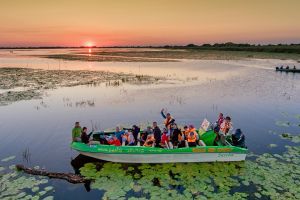
The Danube Delta Tour: Nature's Wonder
Start from: Tulcea
-
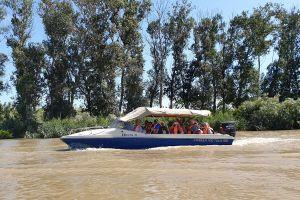
Danube Delta Tour from Bucharest
Start from: Bucharest
4 times a year we prepare a newsletter with local stories, places and our special insights about Romanian culture and local life that will inspire you to visit our country and have an authentic local experience. Would you like to get it?
